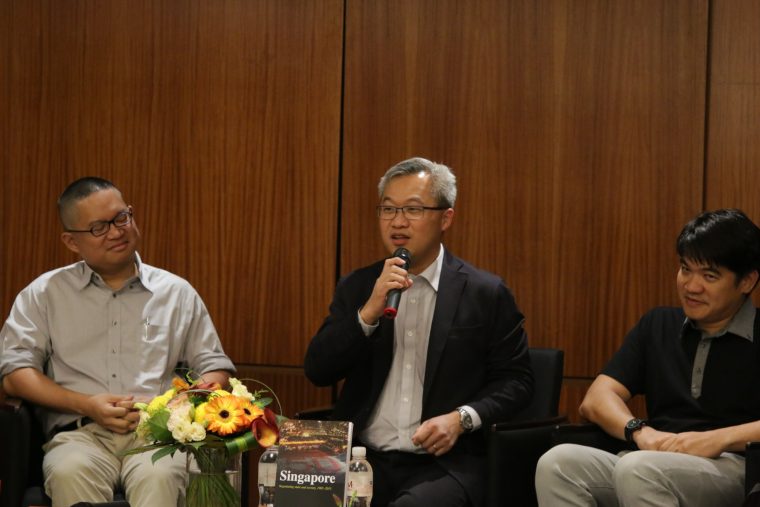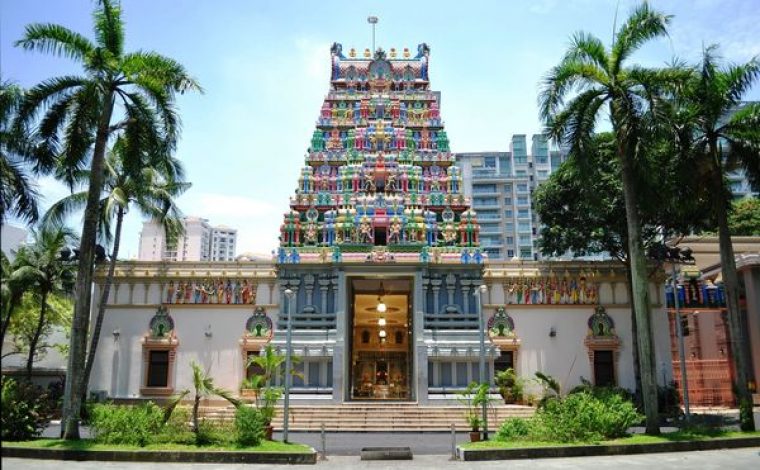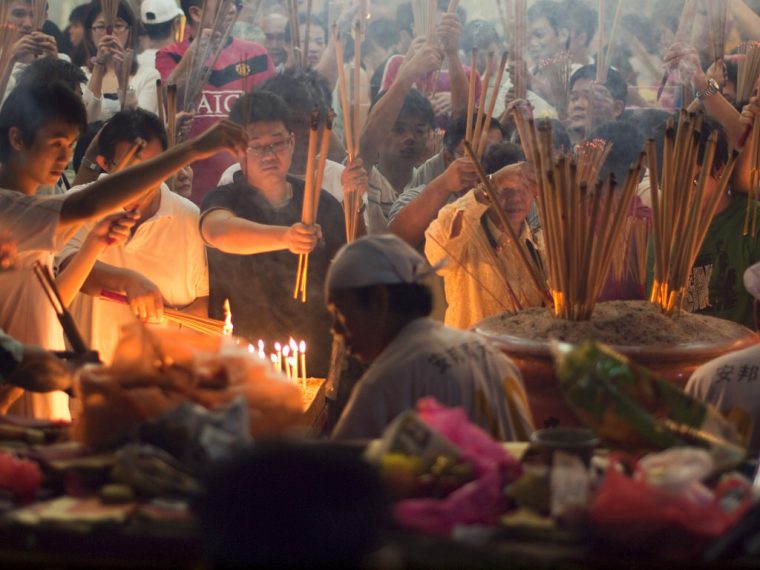Remember SG50? Yes, it's nearly a year since our 50th birthday, but new analyses about our country's last fifty years are still being published.
Singapore - Negotiating State and Society, a book by 14 academics, took four years long to write, and was just recently published by Routledge.
Associate professor Terence Lee, one of the two editors of the book, said,
"The concept was formed back in 2012, research and writing took place between 2013 to 2014, and we spent most of 2015 finalising the book contract and making amendments to the contents...It had been a four-year journey but it certainly did not feel that long since everyone was co-operative and timely."
The book contains commentaries and analyses from Singapore's constitution, to race and religion in Singapore -- hot button topics some think you should never touch even with a ten-foot-long pole.

But it also contains rather niche analyses -- on topics from rock and roll to citizenship education in Singapore.
"The intention behind the book was to look back at what Singapore had achieved that would not receive much publicity during the national celebrations," added Jason Lim, the other editor of Negotiating State and Society. "Issues such as the political opposition, citizenship education, race and culture, media and rock music have been, and remain, issues on the periphery of Singapore’s success."
Before you dismiss this as just another boring Sociology text, here's why you should read this book:
1. Appreciating the rise and evolution of various religions in Singapore
The book contains five chapters dedicated towards documenting the progress of religions in Singapore, particularly the four major religions, as well as Chinese folk religions.
Particularly fascinating was the detailed account of how Christianity began in Singapore, and its relationship with the government.
Christianity -- which began in Singapore when the British colonised us -- was first geared towards serving the expatriate colonial community.
This changed in the mid-1980s and 1990s. A backdrop of a postcolonial Charismatic revival and English-language education led to a middle-class evangelical awakening, which created the modern Christian megachurch and the LoveSingapore moral conservative movement we know today.
 Sri Thendayuthapani Temple
Sri Thendayuthapani Temple
In response to outside influences, Hinduism and Buddhism had to adapt in order to stem the loss of followers.
The book documents Hindu Revivalist Movements -- grassroots initiated open dialogues with the intention of setting agendas to "reform" Hinduism, and to articulate the role the Hindu religion could play in the provision of local community services.
The book also talks about Buddhist activism in Singapore, highlighting the efforts by the Singapore Buddhist Federation to proactively block or censor films that insulted Buddhism, and its efforts in clarifying misconceptions about Buddhism in the news.
2. The state and Chinese folk religion
Chinese folk religion also had to adapt to a developing, increasingly land-scarce Singapore.
The book documents these informal entities -- which used to center around mediums -- and their road towards integration with grassroots organisations. For instance, Residents' Committees are used as middlemen in their dealings with the government and its use of land.
 Photo from Kevin Poh, Flickr
Photo from Kevin Poh, Flickr
One chapter documented the transformation of a temple serving the Nine Emperor Gods (九皇爺, or NEG), which started out as a spirit-medium practice in the 1920s. As land became requisitioned by the government, the temple had to move, and then downsize to a flat, several times.
But the government and land use needs prevailed over the gods, and the temple eventually settled in a flat, and had to change as a result:
The new location of the 'temple' and the succession of a new spirit medium led to the gradual routinization of its spirit-medium consultation sessions (...) Consultation sessions were restricted to Saturday evenings. At that time, due to the high volume of consultations, devotees were given numbers as they waited their turn, somewhat akin to a consultation at a clinic.
3. The evolution -- and eventual dissipation -- of the rock 'n' roll scene in Singapore
The music of the 60s wasn't as appreciated in Singapore history as they were in the rest of the world.
While the baby boomers, born into the beginnings of a mass education system, wanted a better life and had formed their own distinct youth culture, the government did not, due to the fears over yellow culture and the moral outrage over what it considered as "Western values".
Before Singapore's independence, an optimism towards the future was however exemplified in rock 'n' roll:
" width="760" height="427" frameborder="0" allowfullscreen="allowfullscreen">
But when Singapore split from Malaysia, this optimism collapsed. The end of the British empire -- with bases closing in Singapore in the 1970s -- led to the bars and pubs that served American and British servicemen to close as well.
It was a need for nostalgia that brought rock 'n' roll back:
Rollin' Good Times, a Television Corporation of Singapore (TCS, the precursor to Mediacorp) variety show, helped revive the 1960s rock 'n' roll movement.
The Oral History Project - which had extended its emphasis on vanishing trades to cultural developments that included participants of the rock 'n' roll scene.
And when SG50 rolled around, there was this:
" width="760" height="427" frameborder="0" allowfullscreen="allowfullscreen">
The film, directed by Roslee Yusof, was commended by several national leaders and received more than half a million views within a month.
The Silver Strings - featured as the stars of the film - have since been part of countless 'reunions'. The chapter's author Liew Kai Khiun, associate professor at Nanyang Technological University, wrote:
Even as it attracts new audiences, the music video seems to touch more on affective nostalgia than the historicity of the fractured evolution of the rock 'n' roll scene in Singapore's past.
Perhaps that's how we can make our history, culture and religion popular again - by making us feel all nostalgic about them.
If you like what you read, follow us on Facebook and Twitter to get the latest updates.
If you like what you read, follow us on Facebook, Instagram, Twitter and Telegram to get the latest updates.
